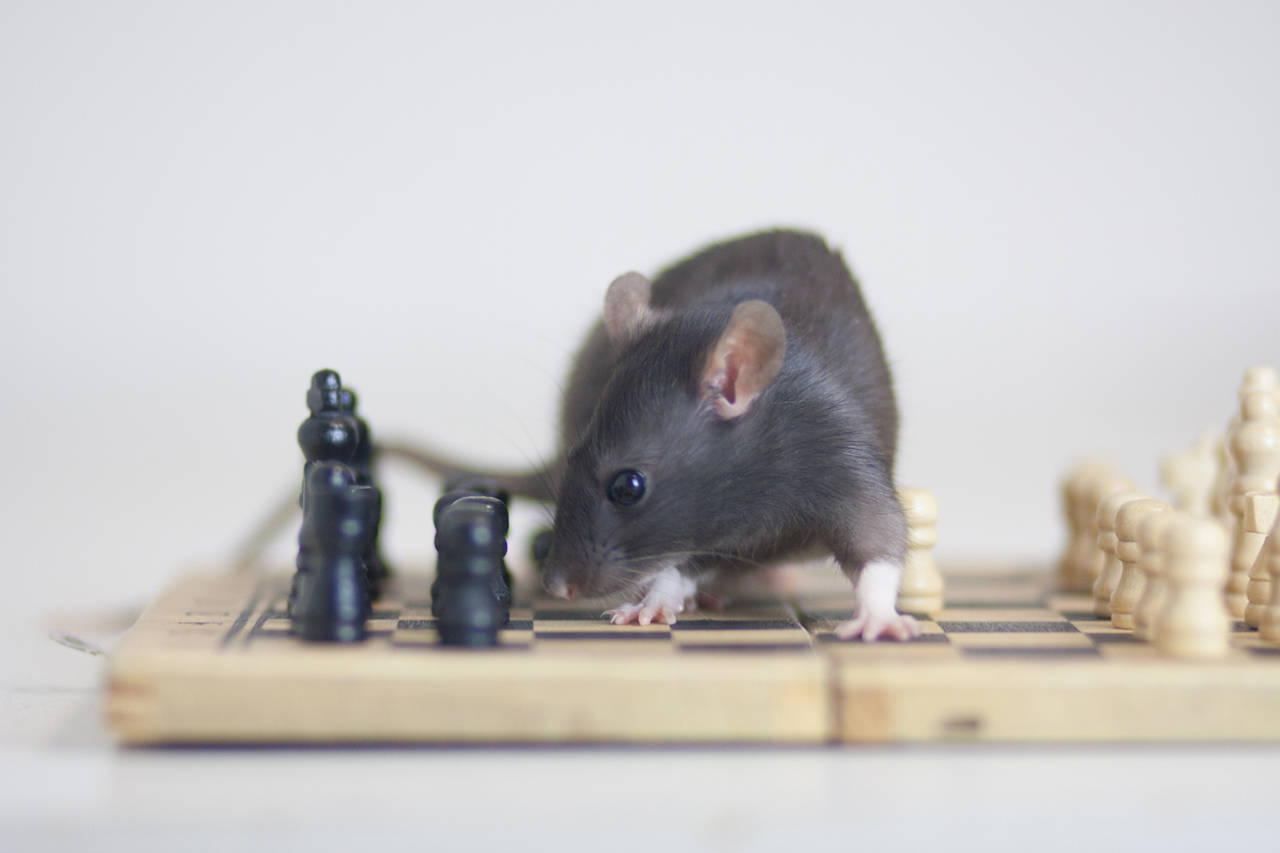
Imagination, that faculty that allows us to create worlds in our minds, is not exclusive to human beings. Recent studies suggest that animals can also harbor forms of imagination and that they have the ability to mentally navigate and subjectively experience virtual worlds that open the doors to new forms of learning in a similar way to humans.
The importance of studying imagination in animals
From an evolutionary perspective, the study of imagination in animals offers us very valuable information about the origin and development of this cognitive ability. By studying different species we can trace the evolutionary trajectory of imagination and its significance in terms of adaptation in different ecological environments.
And how animals imagine, among other things, is dealt with by comparative psychology, a branch of science that studies the similarities and differences in behavior between different species in processes such as intelligence, memory and consciousness, with applications practices that it entails. For example, in training animals, improving their well-being and planning conservation strategies for species by better understanding their behavior.
Imagination: episodic memory and planning
The study of imagination in animals can be carried out with different methods, such as the analysis of memory capacity. More specifically, through the analysis of the so-called episodic and planning memory.
We say that we have episodic memory when we are able to remember places, moments, details and emotions. That is, when we remember episodes of our lives. This memory is an essential property of the imagination, since it requires both the combination of memories and the ability to pay attention and emotional control. It is a fundamental prerequisite for learning and allows us, among other things, to adapt our behavior according to what is happening around us, to plan and to pretend that something happens.
Thus, through the study of episodic memory, we can identify the neural mechanisms that underlie imagination and gather data on the evolutionary origins of why we remember, how we remember and, consequently, how we behave.
The blue jay remembers where it hides food
Different animal species have demonstrated episodic memory. Rats, magpies, cuttlefish, chimpanzees, orangutans, crows and macaques, among others, are capable of remembering specific events, including what, where and when they occurred.
A characteristic example is that of the blue jay (Aphelocoma coerulescens). It has been detected that this bird is capable of remembering what food it has stored and where and when it was stored. This way you can retrieve and consume stored food later, even hours or days later.
In the aquatic environment, research with zebrafish and other aquarium fish species, such as labyrinthids (or anabantid fish), has indicated that they can remember the location of shelters or food sources over time, suggesting a way basic episodic memory. Additionally, studies with octopuses reveal their ability to remember how to solve tasks in exchange for rewards.
The ability to anticipate and plan future events could have been the main evolutionary advantage of episodic memory. In this sense, experiments carried out with bonobos, chimpanzees and orangutans have shown that they are capable of choosing a tool to solve a problem, even if the reward is not in sight, and they carry it with them for up to 14 hours. This implies a level of cognition that goes beyond immediate impulse, demonstrating foresight and a form of imagination of time and the future.
Where does the imagination reside?
The hippocampus is one of the most studied areas of the brain in relation to memory and spatial orientation. Thus, it has been shown that if the hippocampus is damaged, the memory of lived experiences is lost (episodic memory), while its integrity is crucial for the formation and recovery of memories.
The importance of studying the hippocampus in animals lies in its relevance to understanding the characteristic alterations of diseases such as Alzheimer's and other neurodegenerative conditions, since the hippocampus is usually affected in the initial stages of these diseases, leading to early symptoms. of memory loss and disorientation that are so devastating to patients and their families.
The evolution of the hippocampus, in size and complexity, when comparing animal species, is closely related to the evolution of imagination. Although animals cannot communicate their subjective experiences like humans, behaviors that suggest they remember lived experiences point to their relationship with this area of ??the brain.
Rats can imagine
And a very innovative study has just been published in the journal Science, showing results that indicate that rats, like humans, have the ability to “imagine” or mentally navigate through places they have previously visited.
This finding is the result of an experiment that combined virtual reality with a real-time brain-machine interface, opening new perspectives on the cognitive abilities of rodents, particularly in relation to the hippocampus, the brain region that we have indicated is associated, in addition to memory, with spatial navigation.
During the experiment, the rats were trained to navigate in a virtual environment. They were initially allowed to physically move through the environment, so that they could create a map of space in their hippocampus. Subsequently, a brain-machine interface was used, where rats demonstrated their ability to activate representations in their hippocampus of specific locations in the environment, but this time without physical movement.
The voluntary activation of their spatial memory allowed them to navigate towards specific targets in space or to move objects towards these targets. These results suggest that rats, and possibly other animals, possess a more complex cognitive ability than previously understood, approaching human abilities of imagination and mental time travel.
“I have always believed, and I continue to believe, that imagination and fantasy are very important, since they are an inextricable part of the reality of our lives,” said Ana María Matute. And that of the animals, too. (National Geographic/ Taken from The Conversation) (Photo: iStock)